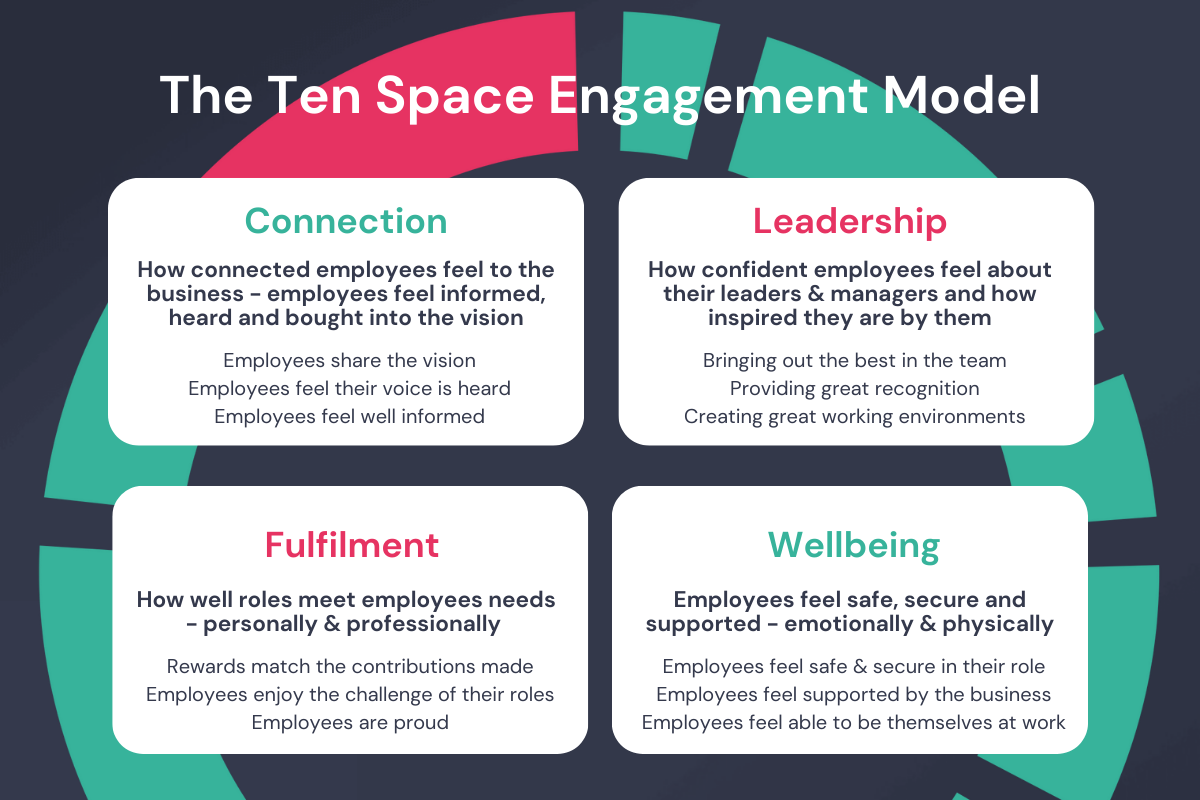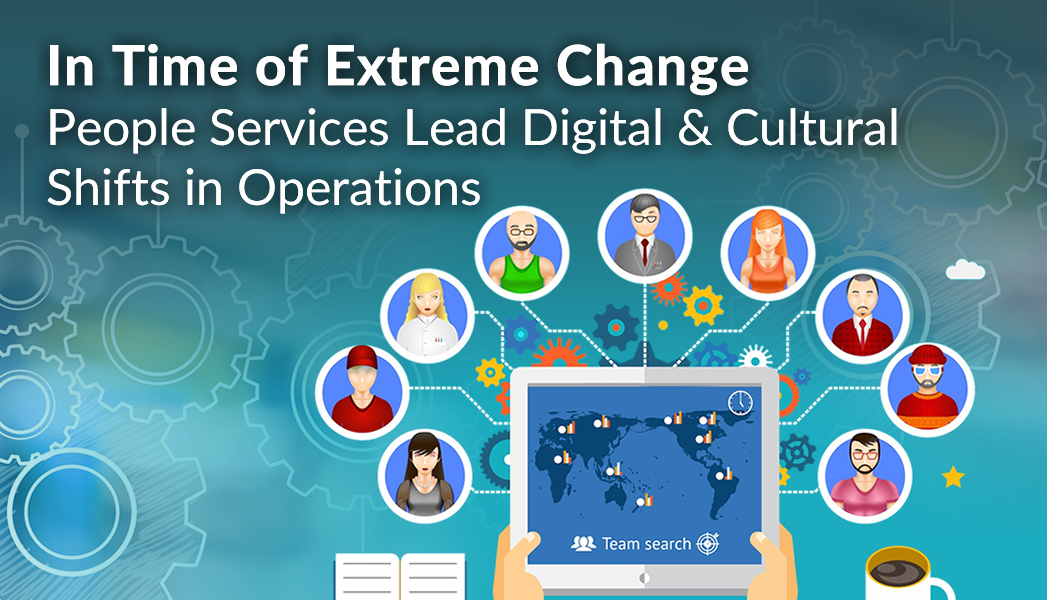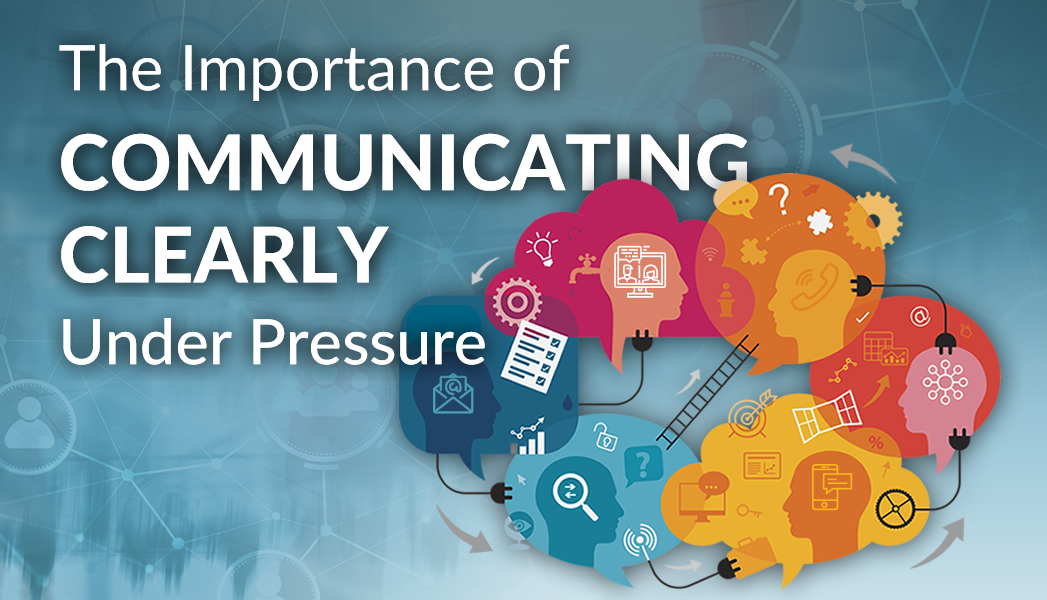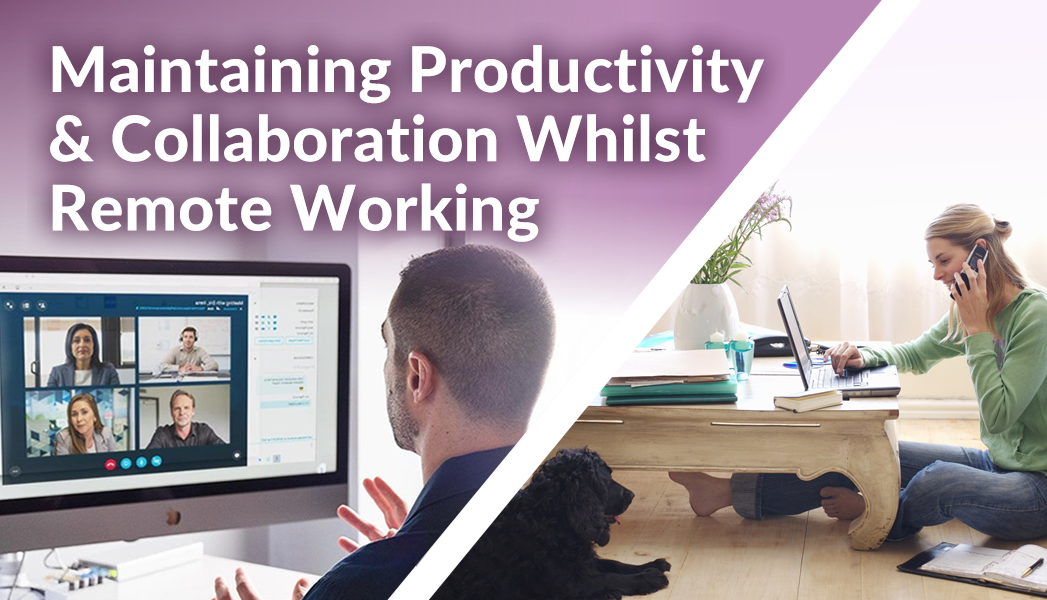
Done well, employee surveys have the benefit of capturing written feedback as well as data. They are an excellent way to create employee voice.
You can also measure your engagement through employee surveys.
Putting a numerical value on engagement allows you to track trends and changes in engagement over time. You can then understand in more detail the impact that the changes you make in the organisation have on engagement.
The surveys should be kept brief and contain only the questions that would elicit the best responses from the staff.
To provide you with data points and written responses, we advise using a variety of scaled questions (0–10) with a few written feedback questions also. This will allow your team to finish the survey in a reasonable amount of time and give them the opportunity to provide comments that are more in-depth.
💡 Aim to keep the number of questions on your employee survey around 12-20. Better data quality and response rates will result from doing this as people won’t lose interest.
Topics to Cover
We recommend that you ask questions that fit in with the 4 engagement pillars, to ensure that you are exploring a number of different areas that contribute to employee engagement.

Connection
💡 When a company leads with purpose, employees are 78% more likely to want to work for that company.
When employees feel connected to the mission of the company, their engagement improves significantly. They find meaning and purpose in their work, knowing that their efforts contribute to something larger than themselves.
Ask questions like:
“I am proud to work for [my company]”
“I understand how I can contribute to the goals of [my company]”
“Day to day actions taken are consistent with the vision, mission, and values of [my company]”
“I would recommend [my company] as a great place to work”
“I believe I have a voice at [my company]”
Leadership
💡 As many as 57% of employees quit because of their boss. The strength of your leadership team makes a huge difference to the culture and success of your teams.
A great leader inspires and motivates their team members, earning their trust and respect. They provide clear direction, guidance, and support, allowing employees to perform their best and reach their full potential.
Ask questions like:
“My leader sets clear goals and direction”
“My leader supports my personal development”
“My leader enhances the performance of our team”
“My leader values the contribution I make”
“I am able to talk to my leader about any concerns I have”
Fulfilment
💡 74% of employees say that a lack of professional development is preventing them from reaching their full potential.
Employee engagement improves when employees feel fulfilled in their role. When individuals find their work meaningful and aligned with their values, they are motivated to invest their time and energy into their work, going above and beyond to achieve goals.
Ask questions like:
“The commitments I have outside of work are respected at [my company]”
“Recognition is fair across [my company]”
“I am committed to building my career at [my company]”
“I feel well challenged in my role at [my company]”
“I have all the training and support I need to succeed”
Wellbeing
💡 Organisations that trust and support their employees increase their employee engagement by 76%.
The highest-performing teams have one thing in common: psychologically safe workplaces.
Psychologically safe workplaces promote healthier, more productive and more inclusive workforces. They also provide the environment in which innovation can thrive and people can perform at their best.
Ask questions like:
“I feel well supported at [my company]”
“We have a diverse culture at [my company]”
“My health and safety at [my company] is well considered”
“[my company] really cares about my mental wellbeing”
“I feel I truly belong at [my company]”
Don’t forget!
It’s important to get written feedback from your employees as well.
Make sure you have at least one written question which covers each area. You’ll then have honest quotes that you can share with your leadership team.
We find we get better quality feedback when we ask for very targeted written feedback, rather than just a generic “use this space for additional comments”.
In our employee surveys, we often use written questions like:
“What more could [my company] do to help you feel informed about the organisation and the contribution you can make?”
“What more can your leader at [my company] do to support you in your day to day work?”
“What would make you more likely to recommend [my company] as a great place to work?”
“What could [my company] do to help you love your job more?”
Finding the Right Employee Survey Platform
💡 74% of employees said they’d be willing to give more feedback if they were truly anonymous.

One of the first topics that comes up when an organisation decides to do an employee engagement survey is utilising a third party company.
So what are the advantages of using an employee survey platform to carry out your surveys?
The best questions are those written with the aid of a third-party viewpoint. An expert, outside perspective will be most helpful to leadership and HR teams. These questions can be written in a neutral way and make the most of the insight you capture.
For anonymity and trust, using a third-party employee survey platform is crucial. It makes the survey-taking experience for employees as psychologically safe as possible. It might be challenging for teams to trust their responses are anonymous when surveys are conducted internally.
A specialised platform can greatly speed up data processing and the time it takes to move from survey launch to action. When it comes to analysing and disseminating survey results, choosing a platform to do the data-crunching for you can be a smart investment. Often saving enormous amounts of time.
At Ten Space, we help organisations understand what is driving, or holding back engagement in their teams. We do this through frequent, bespoke engagement surveys, designed to get to the heart of culture and engagement.
Start your journey to high engagement with us by getting in touch. Or check out how we’ve helped others create incredible workplaces in our case studies.









